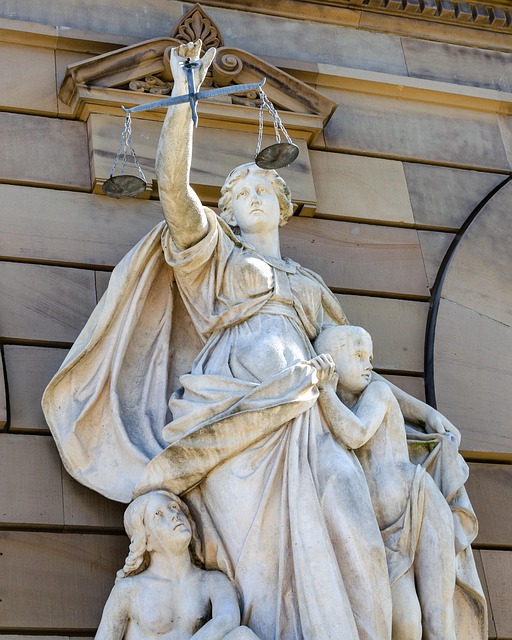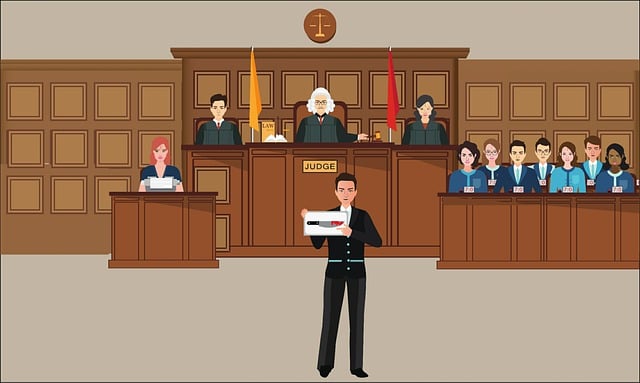Pedestrians have specific rights and protections under laws governing vehicle interactions, including automatic right of way at crosswalks and while using mobile devices. Drivers and pedestrians should understand these regulations to prevent accidents and secure appropriate pedestrian right of way accident compensation. After an accident, prioritize safety, seek medical attention, document the scene, gather witness statements, and promptly file a claim with the at-fault driver's insurance company. Consulting a legal professional experienced in these claims is crucial for maximizing compensation, especially in complex cases like nursing home neglect.
Handling a pedestrian right of way accident claim can be complex, but understanding your rights and legal options is crucial. This article guides you through the process, from grasping fundamental pedestrian right-of-way laws to filing a claim and maximizing compensation. We’ll break down each step, ensuring you’re equipped with the knowledge needed to navigate this challenging situation effectively. Learn how to protect your interests and secure justice after a pedestrian accident involving a right of way dispute.
- Understanding Pedestrian Right of Way Laws
- Steps to File a Pedestrian Accident Claim
- Maximizing Compensation in Right of Way Accidents
Understanding Pedestrian Right of Way Laws

In many jurisdictions, pedestrian right of way laws are designed to protect individuals on foot from potential harm when sharing public spaces with vehicles. These laws typically grant pedestrians automatic right of way in certain situations, such as at crosswalks or when they are using a mobile device and need to step into the street. Understanding these regulations is crucial for both drivers and pedestrians alike, as it helps prevent accidents and establishes clear expectations on the road. When an accident does occur, especially involving a pedestrian injured due to a driver’s failure to yield, knowing these laws can be instrumental in navigating the claims process and securing appropriate accident compensation.
Pedestrians have the right to move about freely and safely, free from unreasonable risk of harm caused by motor vehicles. This includes the right to cross streets within designated crosswalks or at intersections, where drivers are legally obligated to stop and yield. Additionally, many areas have specific regulations regarding the use of mobile devices while walking, requiring pedestrians to remain vigilant and aware of their surroundings. When a driver negligently disregards these laws, resulting in an injury to a pedestrian, it may constitute medical negligence or caregiver negligence, depending on the circumstances, leading to potential legal claims for damages and accident compensation.
Steps to File a Pedestrian Accident Claim

After a pedestrian right of way accident, the first step is to ensure everyone’s safety and seek medical attention for any injuries. Once that’s taken care of, document the scene with photos of the injury site, the surrounding area, and any visible evidence relevant to who had the right of way. Next, gather important information from witnesses, including their contact details and statements about what they observed.
The next crucial step is to file a claim. This typically involves contacting the insurance company of the driver at fault. Prepare a detailed report of the incident, outlining the sequence of events, the injuries sustained, and any losses incurred. Remember, time is of the essence; most personal injury claims have strict statutes of limitations. Lastly, consider consulting with a legal professional experienced in handling pedestrian right of way accident claims to understand your rights and obligations, especially if the case involves complex issues like wrongful death or fiduciary duty breaches.
Maximizing Compensation in Right of Way Accidents

In the event of a pedestrian right of way accident, maximizing compensation involves understanding several key strategies. First, promptly document all details related to the incident, including witness statements and any available surveillance footage. This comprehensive record can significantly strengthen your case when dealing with insurance disputes. Additionally, engage legal counsel experienced in handling such claims to ensure your rights are protected and that you receive fair compensation for medical expenses, lost wages, and pain and suffering.
It’s crucial to recognize that certain situations, like nursing home neglect where a resident is harmed due to a pedestrian right of way accident on premises, may involve a breach of fiduciary duty. In such cases, families must assert their rights to hold the responsible parties accountable. A thorough investigation and understanding of state laws pertaining to pedestrian safety and liability can be instrumental in achieving the best possible outcome in insurance claims and legal disputes.
In navigating a pedestrian right of way accident claim, understanding the legal framework and taking meticulous steps is paramount. By familiarizing yourself with local regulations governing pedestrian rights and following a structured process to file your claim, you can maximize compensation. Remember, in any accident, especially those involving vulnerable pedestrians, thorough documentation and knowledge of your rights are key to achieving justice and fair reimbursement for damages incurred.





